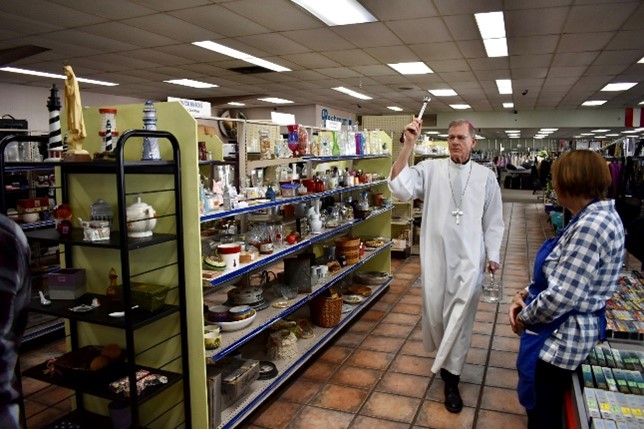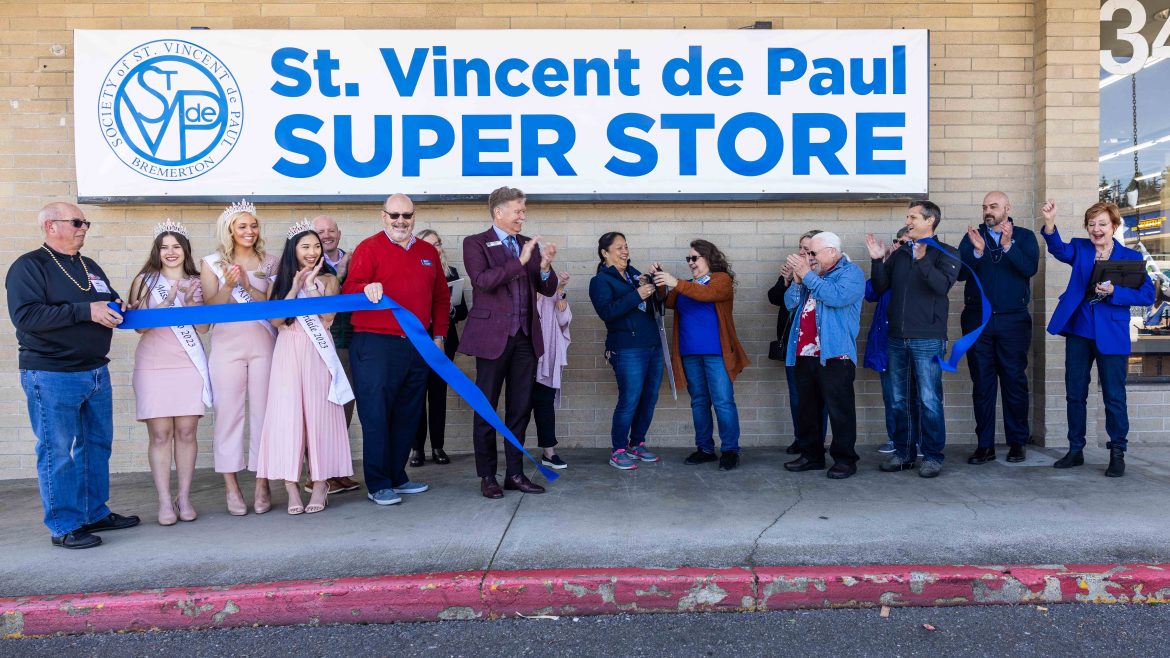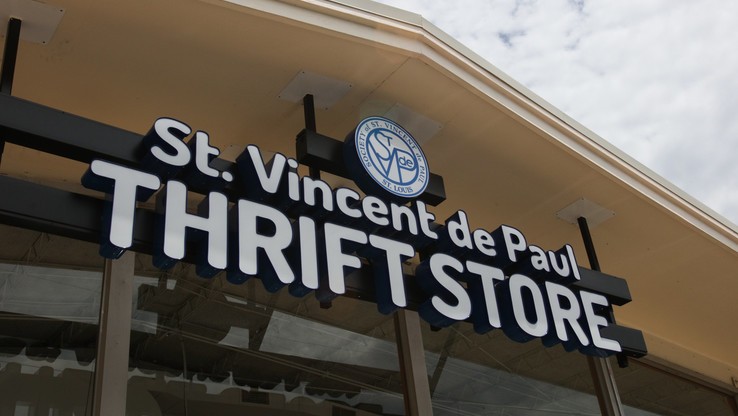A Thrift Store Reborn: Rekindling the Spirit of Service in Albuquerque
Since its opening in 2012, the Society of St. Vincent de Paul’s (SVdP) thrift store in Albuquerque has made it its mission to serve the community. But operational challenges and the lingering effects of the COVID-19 pandemic recently put the store’s future in jeopardy. And now faith, perseverance, and community support have given the store a fresh start.
The Albuquerque thrift store is one of more than 380 SVdP thrift stores across the country, each one supporting vulnerable individuals by providing affordable essentials, shopping vouchers, and financial assistance for local SVdP Conferences and homelessness prevention programs.
The Albuquerque location faced its share of setbacks, struggling with outdated systems, staffing shortages, and security concerns. At the same time, the need in Albuquerque has grown. As of August 2024, homelessness in the city has more than doubled over the past two years. Unprecedented rent increases and shortages of affordable housing have left many residents seeking assistance from SVdP.
Fueled by dedicated volunteers, new leadership, and a renewed sense of purpose, SVdP’s network of charity transformed the store — ensuring it remains a community resource for those experiencing homelessness.
In July 2023, Linda Strasburg, who had recently been named interim Archdiocesan Council President for Albuquerque, contacted SVdP’s National Thrift Store Committee to assess the store. Store Support Director Jeffrey Beamguard, a veteran of the thrift industry with over 40 years of experience, visited in November to evaluate the situation. Some of his key recommendations included implementing a new POS system to boost sales, hiring additional staff, increasing security to prevent vandalism and dumpster diving, and improving the store’s overall appearance.
“It will not be easy to change what has been the norm for years. Now is the time to completely embrace this plan and give it 100% by everyone,” said Jeff in his assessment.
Local Vincentians accepted the challenge.
Linda, now serving as the Archdiocese Council Santa Fe Board President, got straight to work with local leaders. In February 2024, they hired Brittany Deloya as the new store manager.
“When Brittany joined the team, she had no prior management experience. SVdP supported her by covering coursework at a local college and training at the SVdP national store location in Phoenix, and she has embraced every learning opportunity since,” said Linda.
The team began applying Jeff’s recommendations, including updating the POS system and reorganizing the backend of the business. Raymond, whom Brittany referred to as ‘the handyman,’ installed freezer strips to help regulate the store’s temperature, painted signs, and put up walls to create a fitting room. He also removed the security bars from the windows so The Knights of Columbus could give them a fresh cleaning. A volunteer with experience working on airplanes offered to repair the trucks at a discounted rate, allowing the store to resume donation pickups. Clearinghouse Manager Luana Salazar’s husband painted the building.
“All the things that we’ve implemented make the store and the warehouse better. It has improved 120%,” said Luana. “It’s lively, it’s open, it’s clean.”
As improvements were made, customers took notice and shared their appreciation for the changes.
“I do consistently hear feedback about how the store looks, the appearance, and the way we’ve arranged it,” said Brittany. “They’ve told me they enjoy shopping here and that this has become one of their go-to thrift stores on weekends.”
When it came time for the grand reopening, Archbishop John C. Wester led the blessing ceremony for the thrift store, warehouse, and clearinghouse. In addition to SVdP leadership, staff and volunteers, representatives from The Catholic Foundation, the Knights of Columbus, and more were in attendance.
“In 2 Timothy, Paul tells us to rekindle the fire that is within us. When the fire dies down, we must stir the ashes and find the hot spots in order to rekindle the spirit. Throughout this last year we have rekindled the fire of our work by making many changes and improvements in our facility including security fencing, exterior painting and a state-of-the-art point of sales system. We have rekindled our vision,” said Linda in her grand reopening remarks.
As the team looks ahead, plans are in development to build a food pantry on the property, which could create a one-stop-shop where those in need could get food, clothes, and furniture.
“I don’t think we’re done growing. If you were to talk with us in six months to a year, I believe we’d have similar stories to tell,” said Linda.










